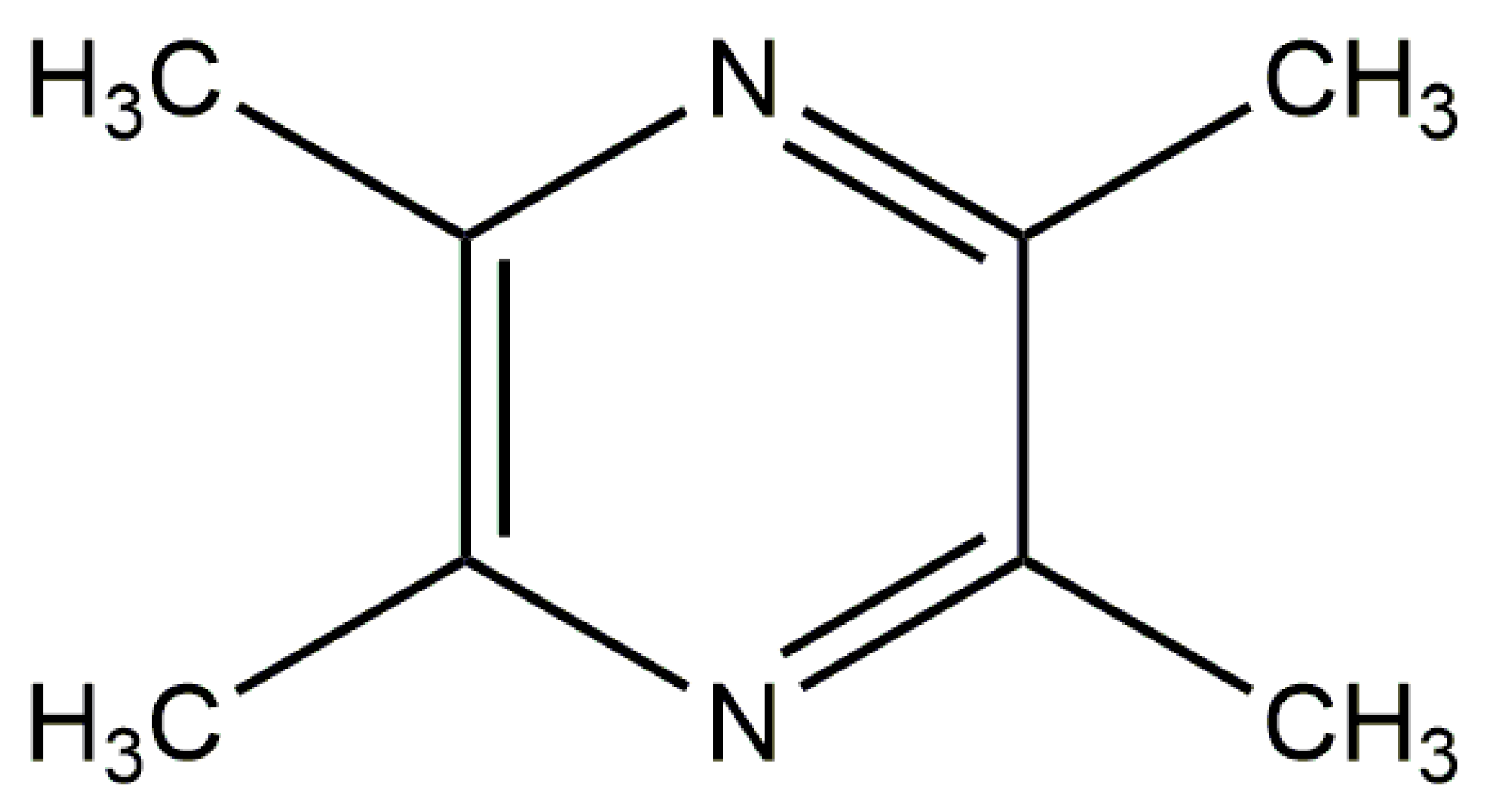
/close-up-of-ice-cubes-against-white-background-603078349-5829fe673df78c6f6a20deff.jpg)
The name mycotoxin originated in the early 1960s when a mysterious turkey ‘X’ disease caused ∼100 000 turkey deaths due to feeding with aflatoxin-contaminated peanuts. Mycotoxins are low molecular weight secondary metabolites produced by filamentous fungi, mainly including Alternaria, Aspergillus, Claviceps, Fusarium, Penicillium, etc., which cause diseases and death in humans and other vertebrates. Furthermore, we try to generalize the molecular mechanisms of mycotoxin effects in human and animal cells.

In this review, we summarize the biotransformation of mycotoxins in animal cells by CYP450 isoforms and other enzymes, their altered expression under mycotoxin exposure, and recent progress in mycotoxin cytotoxicity in different cell lines. Mycotoxins and their metabolites elicit different cellular disorders and adverse effects such as oxidative stress, inhibition of translation, DNA damage and apoptosis in host cells, thus causing various kinds of cytotoxicities. Many mycotoxins at low concentrations are able to induce the expression of cytochrome P450 and other enzymes implicated in the biotransformation and metabolization of mycotoxins in vivo and in vitro.

They contaminate most cereals and feedstuffs, which threaten human and animal health by exerting acute, sub-acute and chronic toxicological effects, with some considered as carcinogens. Hitherto, over 300 mycotoxins with diverse structures have been identified. Mycotoxins are secondary metabolites produced by many microfungi.


 0 kommentar(er)
0 kommentar(er)
